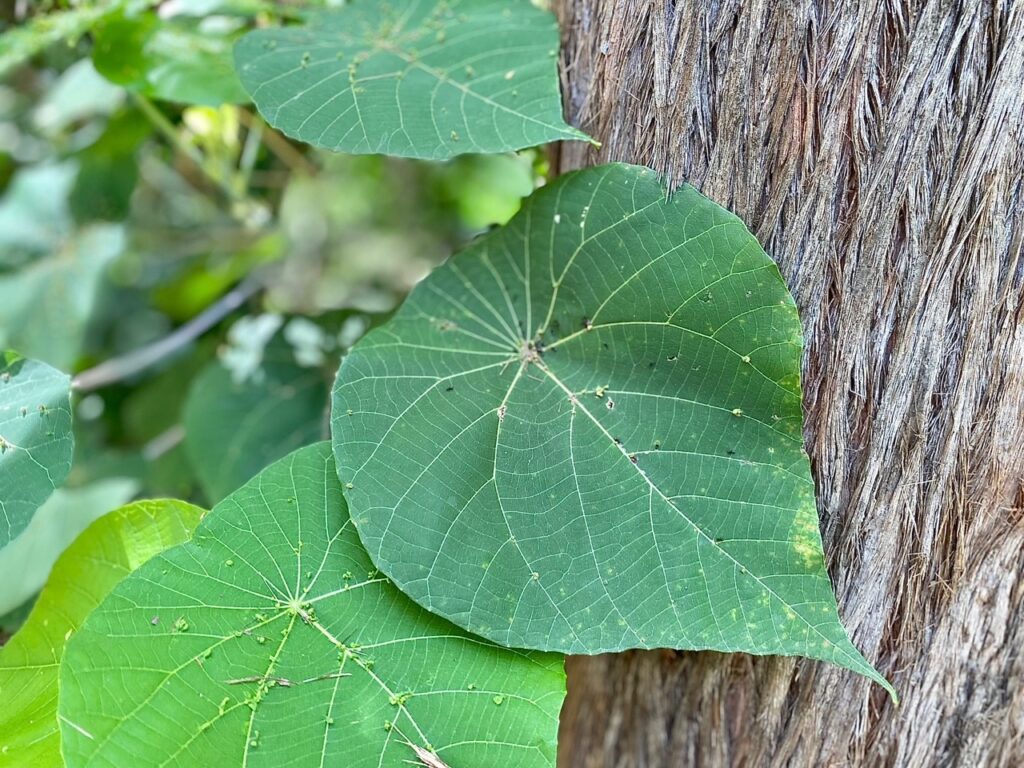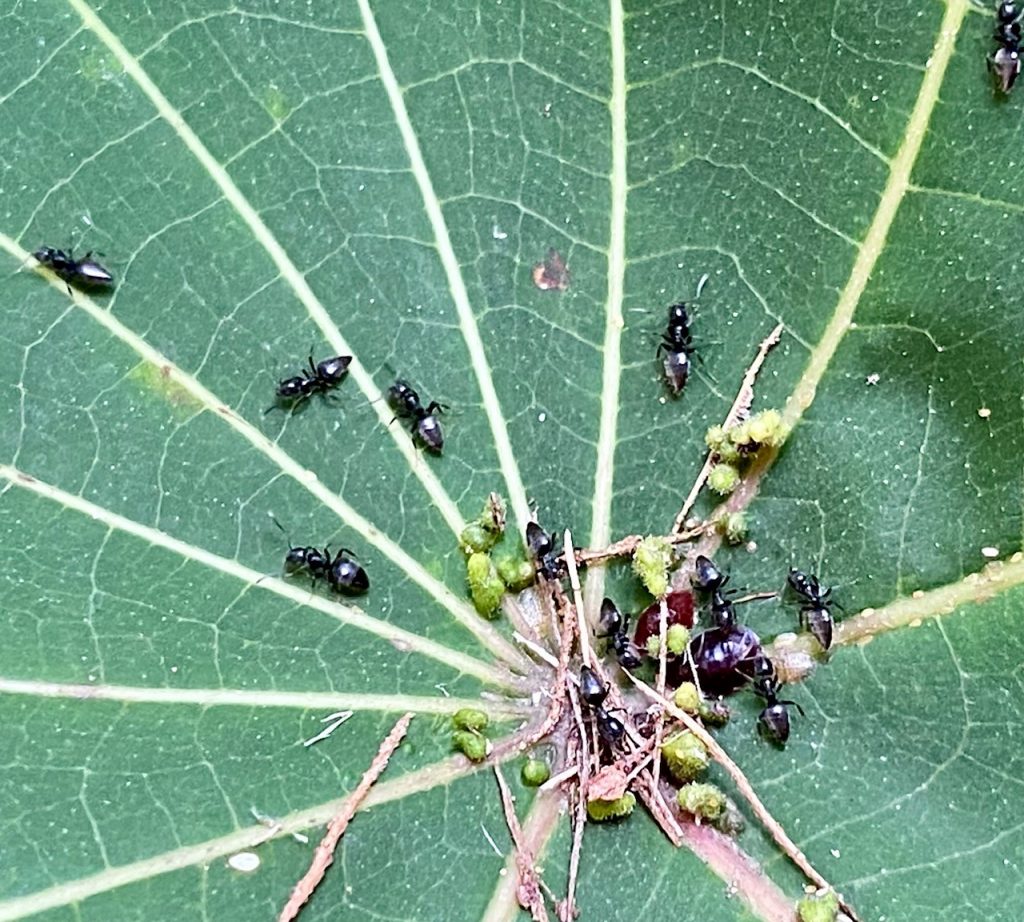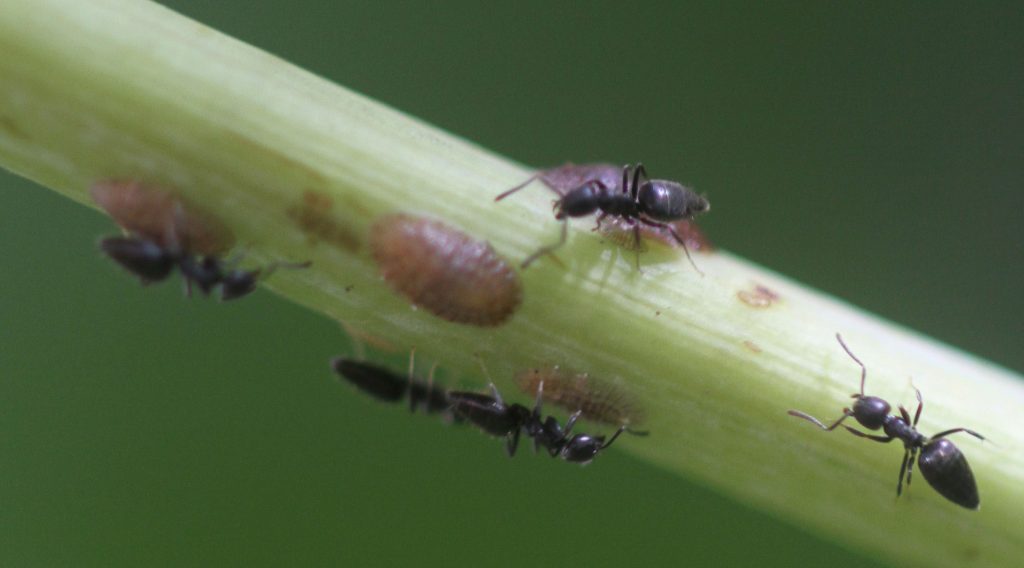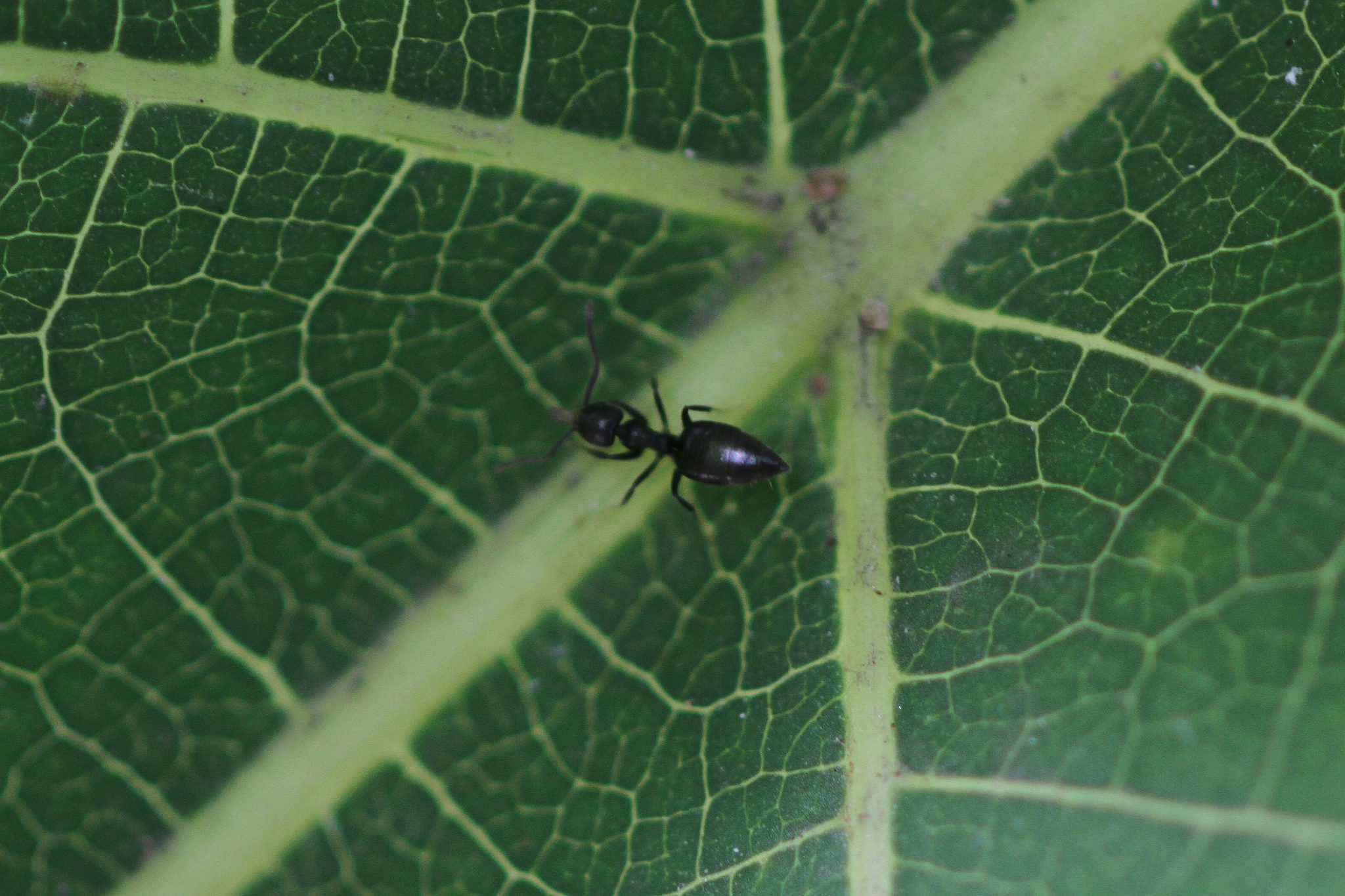
The Bundaberg Botanic Gardens is home to many unique flora and fauna, including the unusual Valentine ants which are named after their heart-shaped abdomens.
A match made in heaven, the ants can be found living on the heart-shaped leaves of the macaranga plants within the gardens.
Parks and Gardens portfolio spokesperson Cr Wayne Honor said with Valentine’s Day upon us, now was the perfect time to find out more about the Valentine ant and their one true love.
“These tiny little creatures, which are also known as their scientific name Crematogaster laeviceps, move heaven and earth to protect the macaranga from hungry insects and the macaranga provides a nest, shelter and food for the ants,” he said.
“They feast on nectar from flowers and seeds but are also predators and catch insects that land on the leaves, such as wasps and grasshoppers, and scavenge dead insects.”

Cr Honor said their heart-shaped abdomen was put to good use, acting as a defence mechanism when alarmed.
“The Valentine ants raise their abdomens up over their head and body and excrete a venom when they get defensive,” he said.
“If you come across these ants, be mindful and view from a safe distance!”
While most ants lay a pheromone trail with their abdomen, Cr Honor said the Valentine ants were a little bit different.
“Ants use pheromones as an important communication between each other, for example they can give off an alarm pheromone if there is a threat, and they can also use pheromones to mark out paths to food sources,” he said
“Because the abdomen on the Valentine ant is heart shaped, they don’t touch the ground so instead they have a gland to lay a chemical trail in their hind legs.
“This means that when they are marking out a trail they do an odd looking run!”
You can spot the macaranga plant at the Botanic Gardens around the lakes and near the rainforest.






